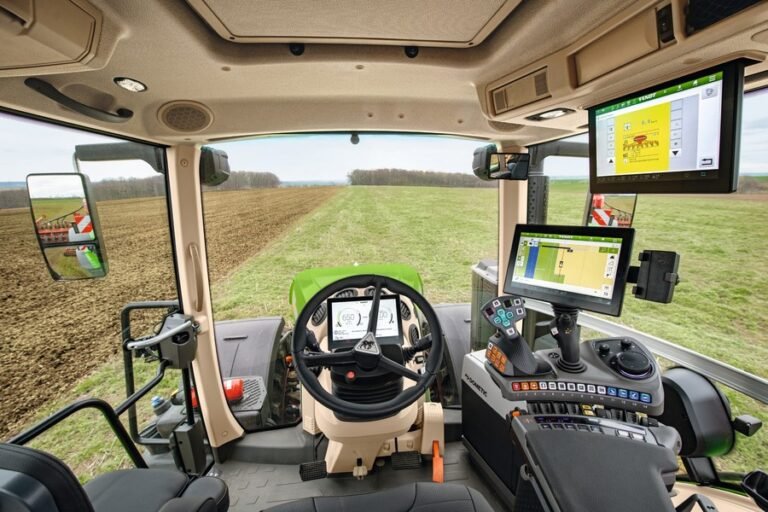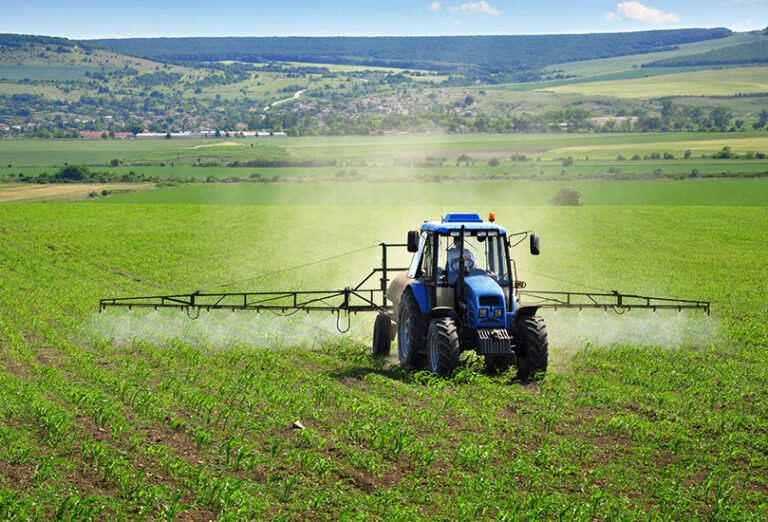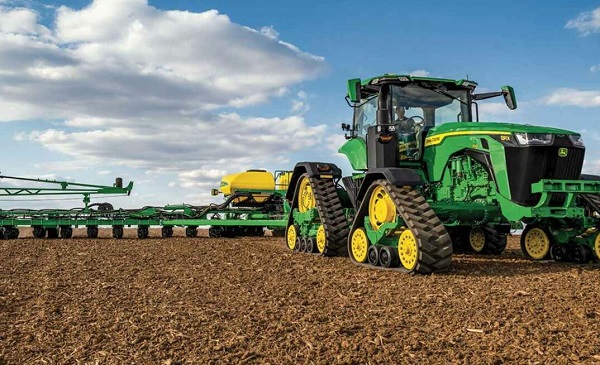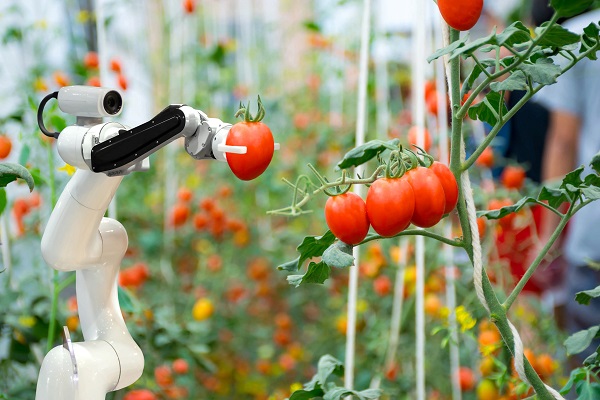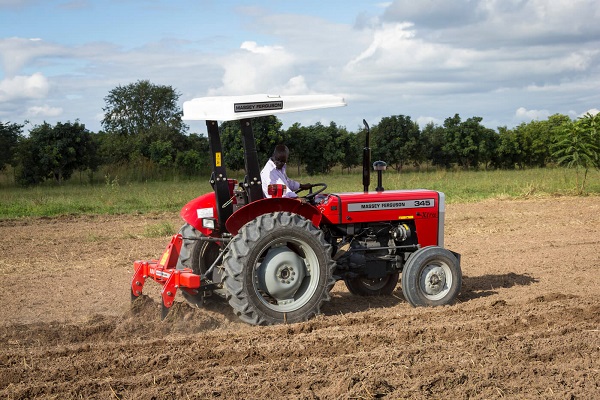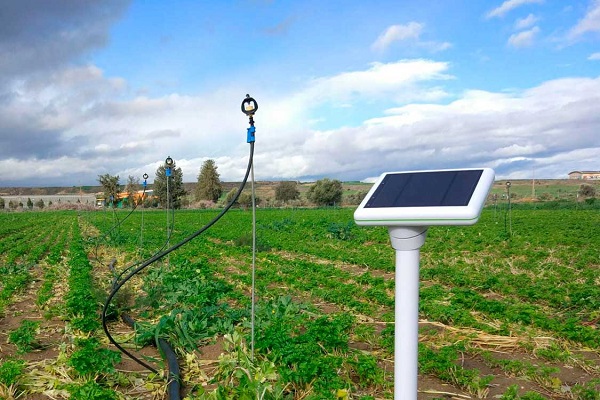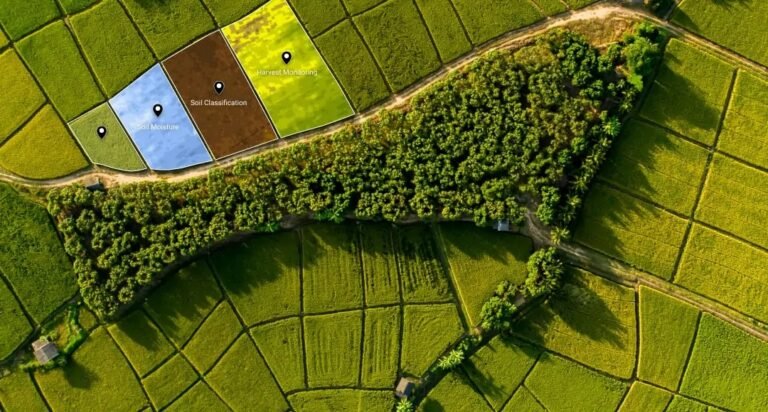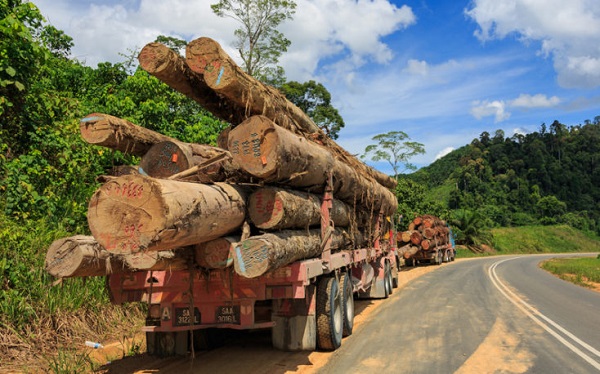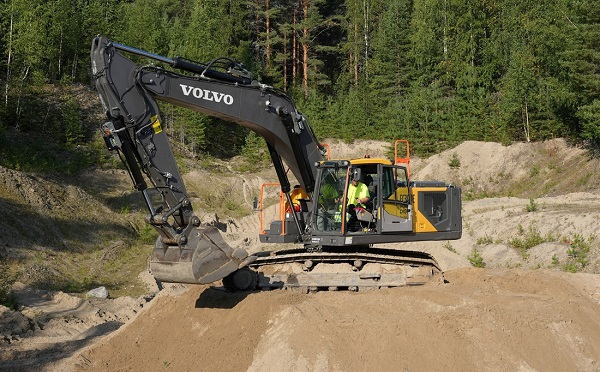In today’s agriculture, precision is key. Traditional farming methods, which often relied on intuition and manual effort, are rapidly being replaced by technology-driven solutions.
At the heart of this revolution is the GPS-enabled tractor, a piece of machinery that’s transforming farming practices globally.
These tractors are equipped with Global Positioning System (GPS) technology, enabling farmers to operate with greater precision, efficiency, and productivity.
In this article, we’ll explore how GPS-enabled tractors are changing the face of farming, the benefits they offer, and what the future holds for precision agriculture.
What Are GPS-Enabled Tractors?
A GPS-enabled tractor is a farming vehicle integrated with satellite-based navigation technology, allowing it to follow precise routes and perform tasks with incredible accuracy. Unlike traditional tractors, which rely on manual steering and human judgment, GPS-equipped models can autonomously steer themselves across fields with pinpoint precision.
This technology is powered by a network of satellites that provide location data to the tractor’s onboard systems. Using GPS, these tractors can navigate fields in straight lines, optimize seed placement, apply fertilizers and pesticides precisely, and even avoid overlaps or gaps in coverage.
The Impact of GPS-Enabled Tractors on Modern Farming
The integration of GPS into tractors has had a profound impact on agriculture, bringing about several key benefits that are revolutionizing the industry.
1. Increased Precision
One of the most significant advantages of GPS-enabled tractors is their ability to operate with extreme precision. GPS systems allow tractors to follow exact paths, reducing the chance of overlapping rows or leaving untreated patches in fields. This precision is critical for tasks like planting, fertilizing, and applying pesticides, where even slight deviations can lead to wasted resources or uneven crop growth.
For example, during planting, a GPS-enabled tractor can ensure that seeds are spaced at consistent intervals and at the correct depth, maximizing crop yields. In spraying, GPS helps in applying fertilizers or pesticides only where needed, minimizing over-application and reducing environmental impact.
2. Reduced Input Costs
By optimizing the use of seeds, fertilizers, and chemicals, GPS technology helps farmers cut costs. Overlapping applications can lead to waste, while gaps in coverage can result in reduced yields. GPS systems eliminate both issues, ensuring every inch of the field receives the right amount of input.
Additionally, precision steering systems reduce fuel consumption by minimizing unnecessary passes over the same area. Farmers save money on diesel, wear-and-tear on machinery, and input costs, which leads to better profit margins.
3. Time Savings
Time is a precious resource on any farm, and GPS-enabled tractors significantly reduce the time needed to complete field tasks. With auto-steering capabilities, farmers can complete field operations faster and more efficiently. GPS systems also allow tractors to work in low visibility conditions, such as at night or in fog, extending the working day and helping farmers meet tight seasonal windows.
4. Reduced Soil Compaction
Repeatedly driving over the same areas in a field can cause soil compaction, which negatively impacts soil health and plant growth. GPS-enabled tractors can minimize this issue by following optimized routes, reducing the number of passes required over the same area. By spreading out the tractor’s movements across the field, soil compaction is reduced, leading to healthier soil and improved crop yields.
5. Data-Driven Farming
GPS-enabled tractors are part of a broader trend toward data-driven farming. The data collected from these machines can be integrated with other precision agriculture tools, such as sensors, drones, and farm management software, to provide farmers with actionable insights.
Farmers can track field conditions, monitor crop health, and adjust their strategies based on real-time data. This level of insight leads to more informed decisions, better crop management, and the ability to predict yields more accurately.
6. Environmental Sustainability
Precision farming through GPS technology also contributes to more sustainable agricultural practices. By applying fertilizers, pesticides, and water only where needed, farmers can significantly reduce the overuse of chemicals, which can otherwise lead to runoff and pollution. This environmentally responsible approach not only conserves resources but also helps in maintaining healthier ecosystems around farming areas.
7. Enhanced Automation
GPS-enabled tractors are paving the way for greater automation in farming. Today, many tractors come with autonomous driving capabilities, allowing them to operate without human intervention. As this technology advances, we may see fully autonomous fleets of tractors and other machinery working together in a synchronized manner, further reducing the need for manual labor and increasing efficiency.
Key Features of GPS-Enabled Tractors
The evolution of GPS-enabled tractors has brought numerous advanced features that are making modern farming more efficient and productive. Here are some of the key features commonly found in these tractors:
1. Auto-Steering Systems
Auto-steering, or auto-guidance, allows tractors to drive in perfectly straight lines without human input. Farmers can program the route into the tractor’s system, and the GPS technology ensures that the tractor follows the path accurately, eliminating human error. This is particularly useful for tasks like tilling, planting, and harvesting, where precision is crucial.
2. Section Control
GPS-enabled tractors often come with section control systems, which automatically switch off equipment in areas that have already been treated. For example, in a spraying operation, section control ensures that pesticides or fertilizers are not applied multiple times in the same spot, preventing waste and crop damage.
3. Variable Rate Technology (VRT)
With Variable Rate Technology, GPS-enabled tractors can adjust the rate at which seeds, fertilizers, and chemicals are applied based on real-time data from the field. This technology ensures that resources are used efficiently, applying more in areas that need it and less in areas that don’t.
4. Yield Mapping
Some GPS-enabled tractors are equipped with yield mapping technology, which collects data on crop yields as the tractor moves through the field during harvest. This data is used to create maps that show how different areas of the field performed, allowing farmers to make informed decisions about future planting and input applications.
Challenges and Future Prospects
While GPS-enabled tractors offer many advantages, there are challenges to widespread adoption. The initial cost of GPS systems can be prohibitive for smaller farms, although the long-term savings often outweigh the investment. Additionally, access to GPS signals and reliable connectivity can be limited in remote or rural areas.
Looking ahead, the future of GPS-enabled tractors seems promising. As satellite technology continues to improve, GPS systems will become more accurate and reliable. The integration of artificial intelligence (AI) and machine learning will further enhance the capabilities of these tractors, making them smarter and more autonomous.
Conclusion
GPS-enabled tractors represent a leap forward in agricultural technology, offering unparalleled precision, efficiency, and sustainability. By reducing input costs, saving time, and promoting environmental responsibility, these tractors are transforming how farming is done. As GPS technology continues to evolve, farmers will have even greater tools at their disposal to optimize operations, boost yields, and meet the growing demands of modern agriculture.
The future of farming is here, and GPS-enabled tractors are leading the charge in this high-tech revolution. For farmers looking to stay competitive and sustainable, embracing this technology is no longer an option—it’s a necessity.
Also Read
Top 5 Tractors Revolutionizing African Agriculture
Massey Ferguson’s 9S Series wins prestigious Innovation Farm Machinery Award
